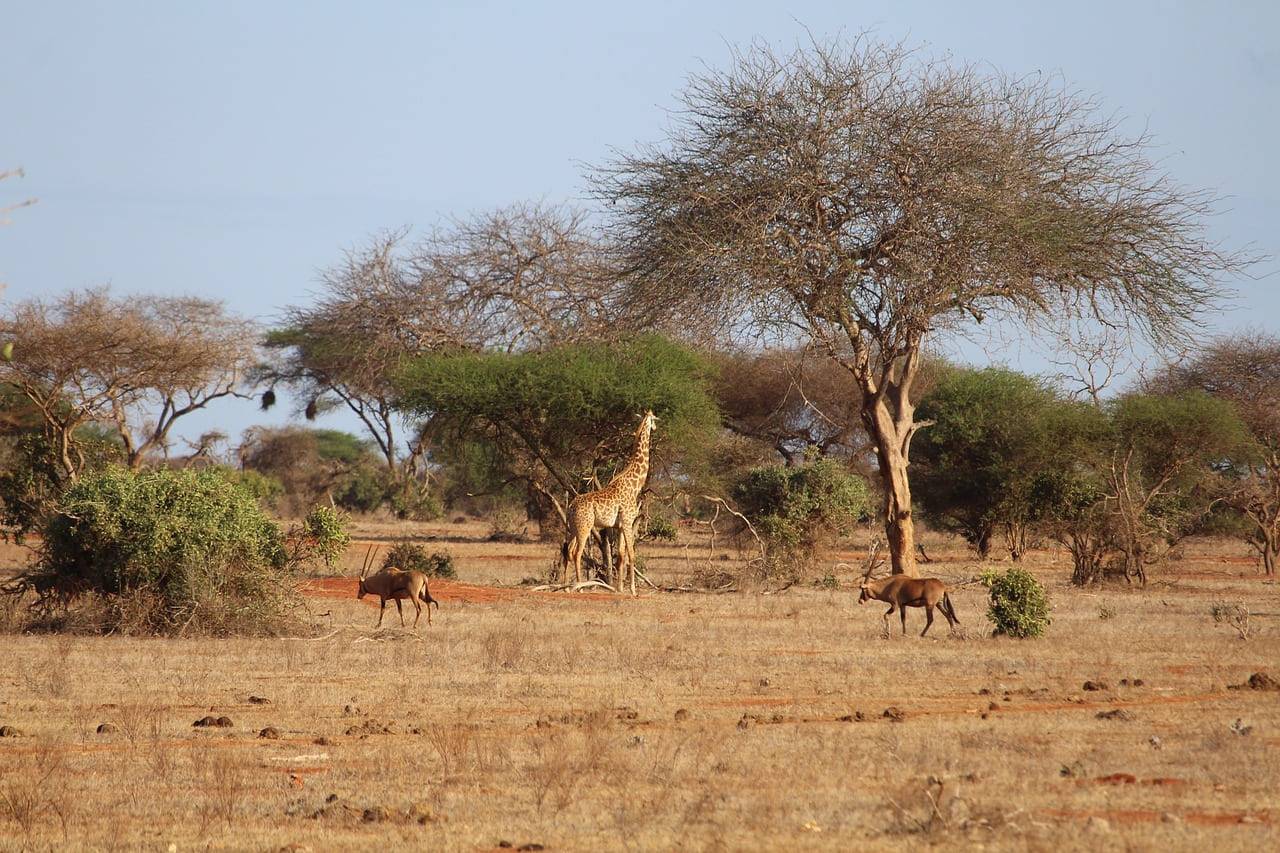- Call: +9173478919817
- Email: [email protected]
- Address: GJ2X+MRF, Parna, Madhya Pradesh 346831, India
about us
Understanding Animal Behavior
Observing animals in a zoo setting provides valuable insights into their behavior. Visitors can watch how animals interact with one another, how they move, and how they display various instincts, like hunting or grooming.
Endangered Species Protection
Many zoos focus specifically on protecting endangered species by creating breeding programs and safe habitats. These efforts are essential as habitat loss, poaching, and climate change continue to threaten species around the world.
The Importance of Biodiversity
Biodiversity is essential for the health of our planet, and zoos play a crucial role in maintaining it. By showcasing a wide range of species, zoos help educate the public about the importance of protecting the delicate balance of ecosystems.
Interactive Exhibits for All Ages
Zoos are designed to be engaging for visitors of all ages. Interactive exhibits, such as petting zoos, touch pools, and feeding stations, allow visitors to get hands-on experience with animals. These interactive features help foster.

The Role of Zoos in Conservation
Zoos play a critical role in wildlife conservation, particularly for endangered species. By providing a safe environment for breeding programs, zoos help increase the populations of animals that are threatened in the wild.
Animal Welfare in Zoos
Modern zoos prioritize animal welfare, ensuring that animals have enclosures that mimic their natural habitats as closely as possible. The goal is to provide animals with the space and resources they need to live healthy, fulfilling lives.
Exotic Animals from Around the Globe
Zoos offer visitors a rare chance to see exotic animals from far-off lands. Whether it’s the elusive snow leopard from the Himalayas or the brightly colored parrots of the Amazon rainforest, zoos bring a slice of these distant ecosystems to people’s doorsteps.

The World of Reptiles: Masters of Survival
Reptiles are some of the most ancient and fascinating creatures on Earth, having evolved over millions.

The Role of Insects in Our Ecosystems
Insects, though often overlooked, are the backbone of many ecosystems. These tiny creatures perform vital functions.

Birds of Prey: Nature’s Aerial Hunters
Birds of prey, also known as raptors, are some of the most powerful and majestic creatures in the animal kingdom.
